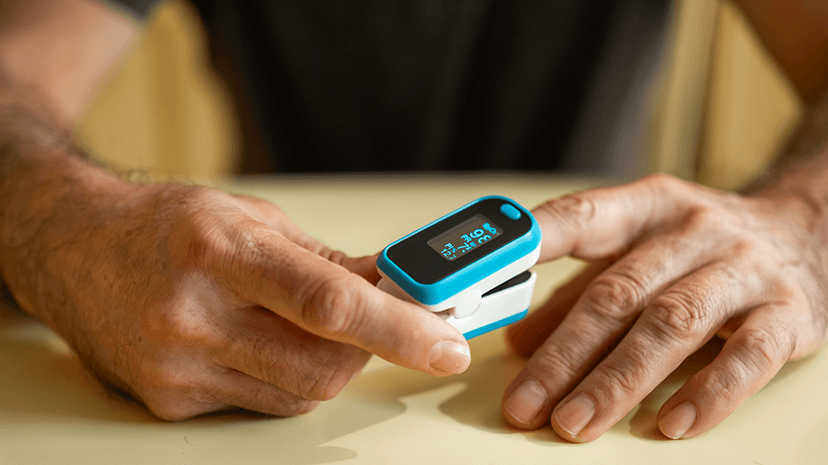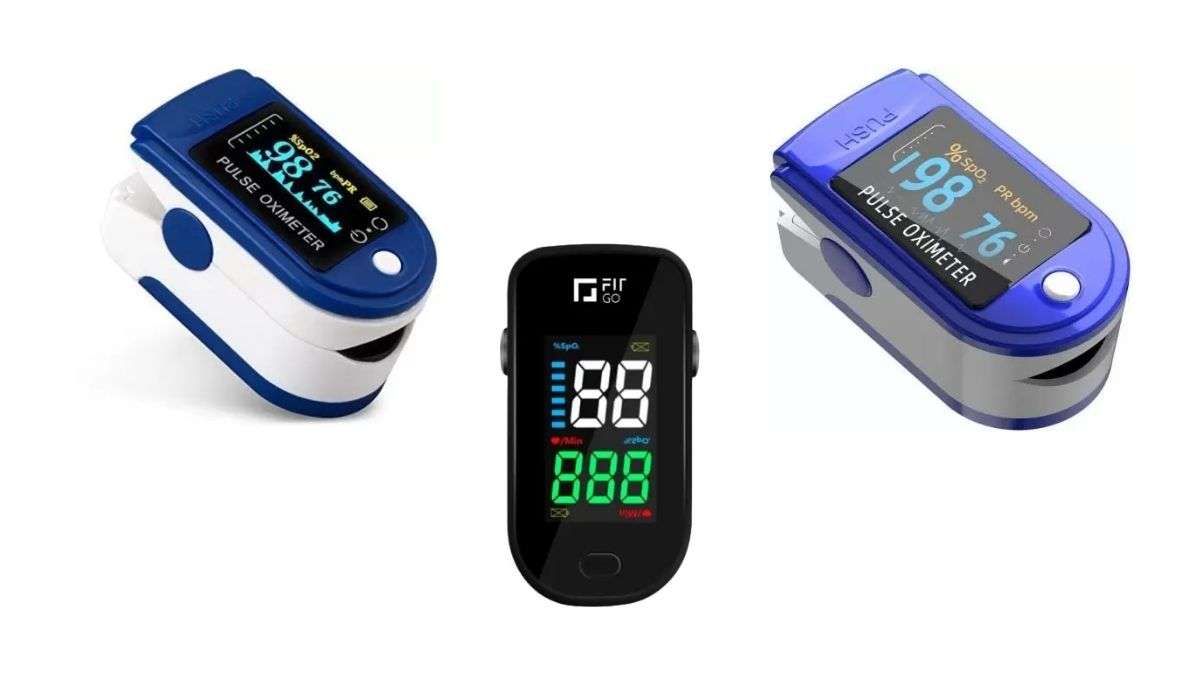


Date: 07 Nov 2025
In today’s health-aware world, it’s increasingly common to hear about using a pulse oximeter at home. But do you really need one? This detailed article explains everything you need to know—what the device is, how it works, who should have it, what features to check, and which models are worth considering.
Whether you are monitoring post-COVID recovery, managing chronic respiratory illness, or caring for an older loved one, this guide is written in clear, simple language and links out to authoritative resources for further reading.
A pulse oximeter is a small, non-invasive device that clips onto a fingertip (or sometimes toe or earlobe) and measures two key metrics: the oxygen saturation of your blood (often labelled SpO₂) and your pulse rate. The device shines light through your skin and measures how your haemoglobin absorbs light at different wavelengths to calculate how much oxygen is being carried in the blood.
Because the procedure is quick and painless, it’s often used in hospitals and clinics, but nowadays many people keep one at home. Having one makes it easier to proactively track oxygen levels — especially if you have a medical condition or are recovering from illness. However, it’s not a substitute for medical consultation: if a reading is low or you feel unwell, seek professional care immediately.
For more in-depth science, you can read about the principles of pulse oximetry at medical-device guidelines websites such as those of the British Medical Journal or U.S. Food & Drug Administration.

For individuals recovering from COVID-19, a pulse oximeter can be a valuable tool. Many patients—even those who felt mildly ill—have experienced sudden drops in oxygen levels despite relatively few symptoms (“silent hypoxia”).
Monitoring SpO₂ at home allows you to detect early signs of trouble and seek help sooner rather than later. It empowers you to manage your recovery with more confidence.
If you or a family member lives with a chronic respiratory condition such as Chronic Obstructive Pulmonary Disease (COPD), asthma, or pulmonary fibrosis, keeping a pulse oximeter at home makes sense.
When oxygen saturation starts to fall, your body can struggle. Tracking SpO₂ along with other symptoms (such as increased breathlessness or chest tightness) gives you actionable information to share with your healthcare provider.
Older adults often face multiple health challenges—such as reduced lung capacity, cardiovascular conditions, or frailty—that can make their oxygenation more vulnerable. In a home-care or assisted living environment, having a pulse oximeter adds a layer of proactive monitoring.
It may help caregivers pick up early changes and coordinate timely medical review. While it’s not a replacement for professional care, it’s a useful aid in ongoing wellness monitoring.
When selecting a pulse oximeter for home use, you’ll want to check several key features to ensure you’re getting a reliable and usable device. The following considerations will help you choose wisely:

Here are two well-reviewed models available in Kenya via Pharmily and other reputable retailers. Both represent different price tiers and feature-sets.
It’s important to remember that a pulse oximeter is a tool, not a standalone pointer of health. For example:
Here are general guidelines (but speak to your doctor for your specific case):
Prices in Kenya vary and budget models like the Jumper are much cheaper. When choosing, consider value: paying more upfront may give you better reliability and features, which may pay off if you truly need accurate monitoring.
A pulse oximeter can be a smart addition to your home-health toolkit—especially if you are recovering from illness, managing a lung condition, or caring for an older adult. By understanding how it works, who should use one, what features to check, and choosing from reliable models (such as the Microlife OXY 300 or a budget alternative like the Jumper), you can use the device confidently and meaningfully.
Remember: monitoring your oxygen levels is helpful but not a substitute for professional medical assessment. Use it as a complement to good care—interpret your readings in context, stay alert to symptoms, and consult a healthcare provider if anything feels off.
Best of health to you—and if you’d like a more detailed review comparing several pulse oximeters (e.g., 5-10 models) or a comparison table for Kenyan buyers including delivery and warranty options, I’d be happy to help!
Q1: Do I need a doctor’s prescription to buy a pulse oximeter?
A1: In most cases, no prescription is required for a fingertip pulse oximeter used for home monitoring. However, if you buy one through a medical-device supplier you may be asked to comply with device regulations. Always buy from a reputable seller.
Q2: How often should I check my SpO₂ at home?
A2: There is no fixed rule, but if you’re recovering from illness or have a chronic lung condition you might check once or twice a day, at rest and during/after light activity. If your values drop or symptoms worsen, contact your healthcare provider.
Q3: Can I rely on the oximeter for diagnosing health issues?
A3: No. A pulse oximeter is a monitoring tool, not a diagnostic device. It should not replace medical consultation. If you experience severe symptoms (such as chest pain, confusion, high fever, persistent breathlessness), seek urgent medical care regardless of the reading.
Q4: What’s a good SpO₂ reading?
A4: For most healthy adults, 95–100% is considered normal. If you consistently measure below 92% (and especially if you have symptoms), you should seek medical advice. Individual “normal” baselines may vary in certain chronic conditions.